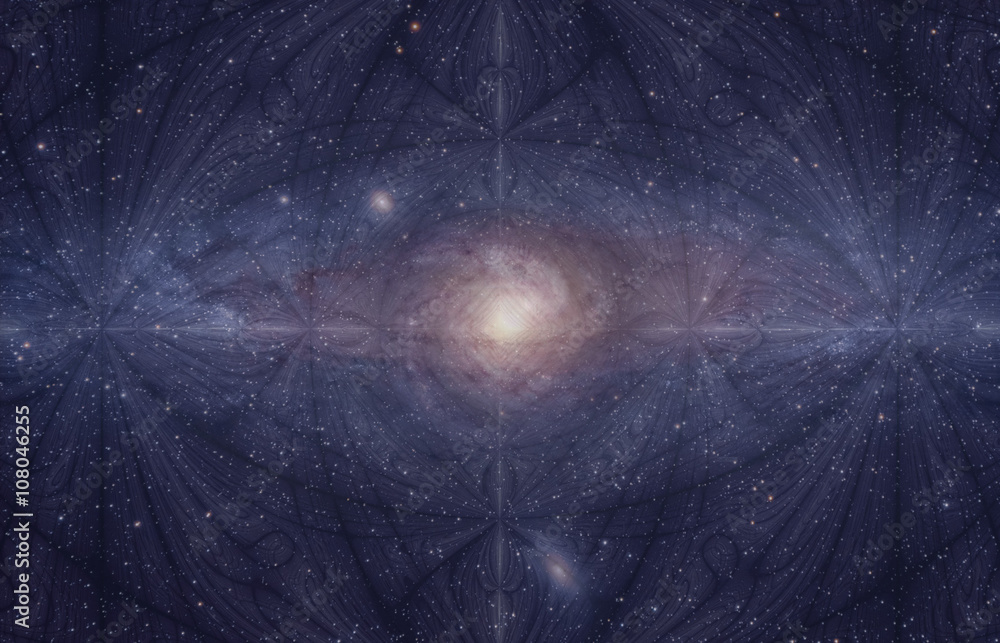
Forty light-years from Earth, astronomers have uncovered a planet that has tickled the fancy of astrophysicists and military tech aficionados alike. Gliese 12b is its name, and it stands as a potential beacon in the endless night, a world that might just hold the secrets to alien life.
Gliese 12b is a revelation, an Earth-like world that appears to be just a smidgen hotter than our own verdant globe. The planet orbits a cool red dwarf star every 12.8 days and receives 1.6 times more energy from its star than Earth does from the Sun. Yet, despite this closeness, its estimated surface temperature is a relatively moderate 42°C.

“This is a really exciting discovery and will help our research into planets similar to Earth,” said Professor Thomas Wilson from the University of Warwick. His excitement is echoed by scientists globally who have long sought after such temperate and potentially habitable planets.
While the size of Gliese 12b is comparable to Venus, this newly discovered world is one of the few known planets where the conditions may be right for liquid water – the elixir of life as we know it – to exist. The fact that its host star Gliese 12 shows no signs of violent, atmosphere-stripping flares adds another tick in the box for the potential of habitability.

“We’ve found the nearest, transiting, temperate, Earth-size world located to date,” shared Masayuki Kuzuhara from the Astrobiology Centre in Tokyo, indicating the planet’s promise as a candidate for deeper investigation. “Although we don’t yet know whether it possesses an atmosphere, we’ve been thinking of it as an exo-Venus,” Kuzuhara adds, hinting at the possible similarities between this enigmatic world and our own planetary neighbor.
The intrigue surrounding Gliese 12b doesn’t stop at its temperature and size. The nature of its atmosphere, or indeed its existence, remains one of the great puzzles. As Dr. Vincent Van Eylen from UCL asserts, “Even though GJ12b is about 15 times closer to its star than Earth is to our Sun, because it orbits such a small star the temperature on the planet may be quite similar to that on Earth.”
Gliese 12b’s proximity makes it an ideal target for the James Webb Space Telescope, NASA’s premier observatory. With a price tag of £7.5 billion, this telescope is set to unravel the mysteries of such distant worlds, probing the atmospheres and seeking signs of habitability.

Furthermore, the discovery of Gliese 12b may help to answer a profound question: Can the majority of stars in the Milky Way galaxy host temperate planets with atmospheres suitable for life? Shishir Dholakia, a doctoral student at the Centre for Astrophysics at the University of Southern Queensland in Australia, considers Gliese 12b one of “the best targets to study whether Earth-size planets orbiting cool stars can retain their atmospheres.”
The implications of this research are profound not only for our understanding of life’s potential beyond our solar system but also for the future of military and strategic considerations in space. As military technology progresses, the nature of space as the final frontier becomes more concrete. Learning about habitable planets such as Gliese 12b, therefore, isn’t just a matter of scientific curiosity but could also inform the tactical framework of future space defense strategies.
Relevant articles:
– Scientists find Earth-like planet that could be home to alien life, The Independent
– ‘Alien Earth’ close to our planet could host life, scientists discover, BBC Science Focus Magazine
– Gliese 12b: Could Earth-like planet support alien life?, BBC

